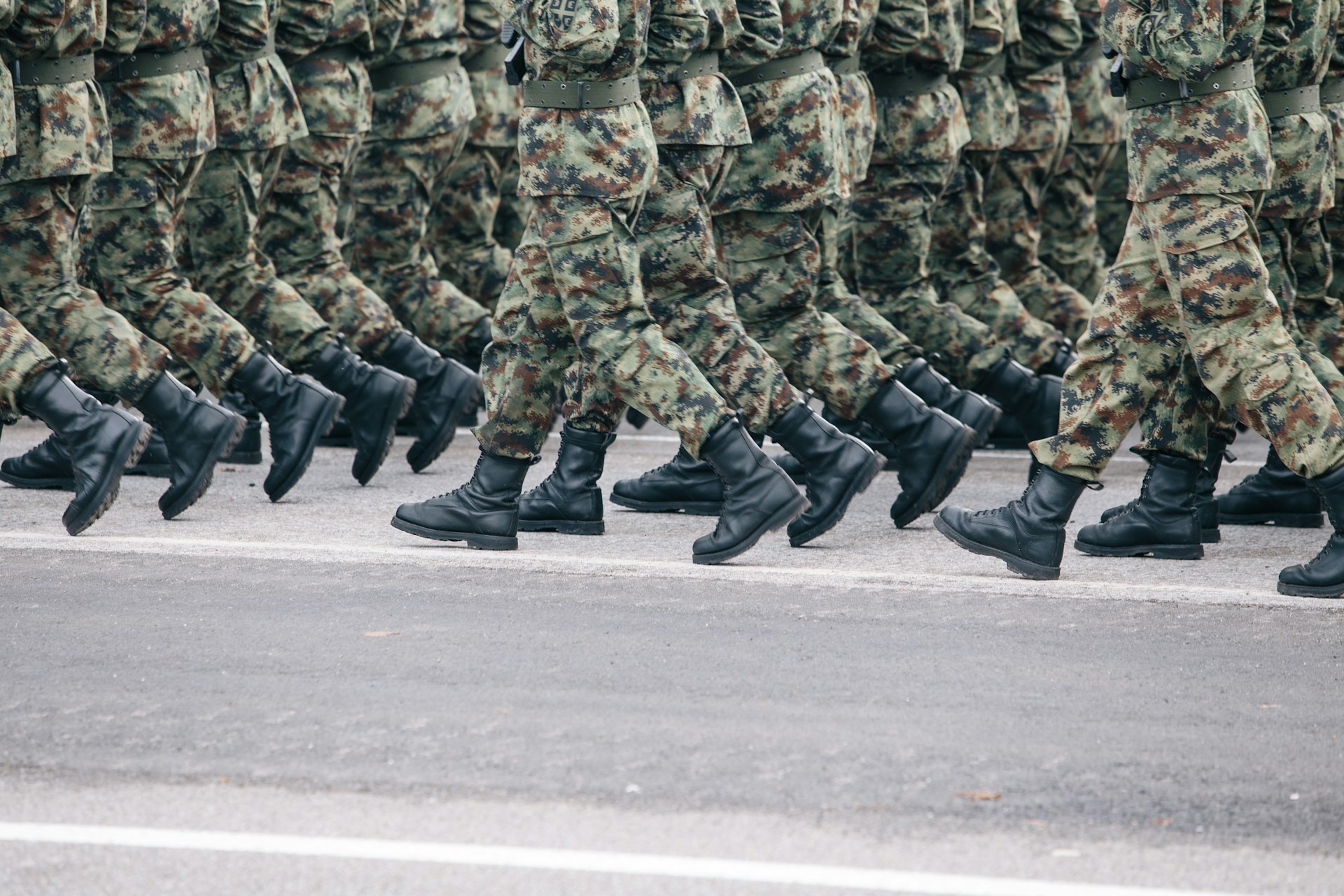The Commission is preparing to adopt, likely still in December 2025, a military mobility package.
The package will consist, in principle, of a joint communication, a regulation proposal, and specific amendments to EU legislation on military mobility.
Military mobility concerns the ability of Member States’ armed forces to rapidly deploy troops and equipment across the EU.
According to the Commission, this type of mobility can be hindered by issues related to regulation, infrastructure, and/or capacities.
At the EU level, two joint action plans for military mobility were adopted in 2018 and 2022.
Faced with evolving geopolitical challenges, and in particular the war between Russia and Ukraine, Member States have also committed to prioritising investments in dual-use infrastructure.
A new objective was also set: to process cross-border movement authorisations within three working days by the end of 2026.
In February 2025, in a special report on military mobility, the European Court of Auditors (ECA) analysed the results achieved to date and recommended various measures to be taken by EU institutions to remove remaining obstacles.
Among these obstacles, the ECA includes: administrative burdens; divergent and complex national procedures; high investments required to improve dual-use infrastructure (i.e., used for both civilian and military purposes); insufficient access to critical transport infrastructure; and a lack of availability of specialised transport means.
There is also no solid and clear emergency regulatory framework for military mobility to support NATO activities and enable Member States (particularly NATO members) to meet their obligations in a coordinated manner.
According to the Commission, the military mobility package will aim to support Member States in their efforts to achieve efficient and seamless EU-wide military mobility and the speed necessary to strengthen defence readiness and contribute to deterrence capacity.
The joint communication will be a document that, from the Commission’s perspective, sets out the EU’s goal of enhancing readiness through an improved military mobility framework. It will present all aspects of the military mobility package to remove remaining barriers, ensuring coherence with national-level efforts. It will take into account progress achieved so far and describe the final state of readiness required for the EU in terms of military mobility. It will also define a comprehensive approach to facilitate military movement, while considering its impact on civilian activities and the interlinkages with other EU policy areas.
The Commission states that the implementation of the actions foreseen in the joint communication will be subject to regular monitoring, particularly regarding progress in areas such as: reducing the actual time required to issue movement authorisations; the time needed to achieve digitalisation of movement authorisation processes; the number of Member States involved in capacity-sharing or solidarity agreements on military mobility; and the number of shared equipment and personnel related to military mobility.
Interim reports will be shared with the competent authorities of Member States responsible for military mobility. The Military Mobility Regulation will provide a monitoring and evaluation framework, while the specific amendments to EU legislation will be assessed within the context of reviews/evaluations of the relevant legislative framework.
Our team remains at your disposal for further information.


